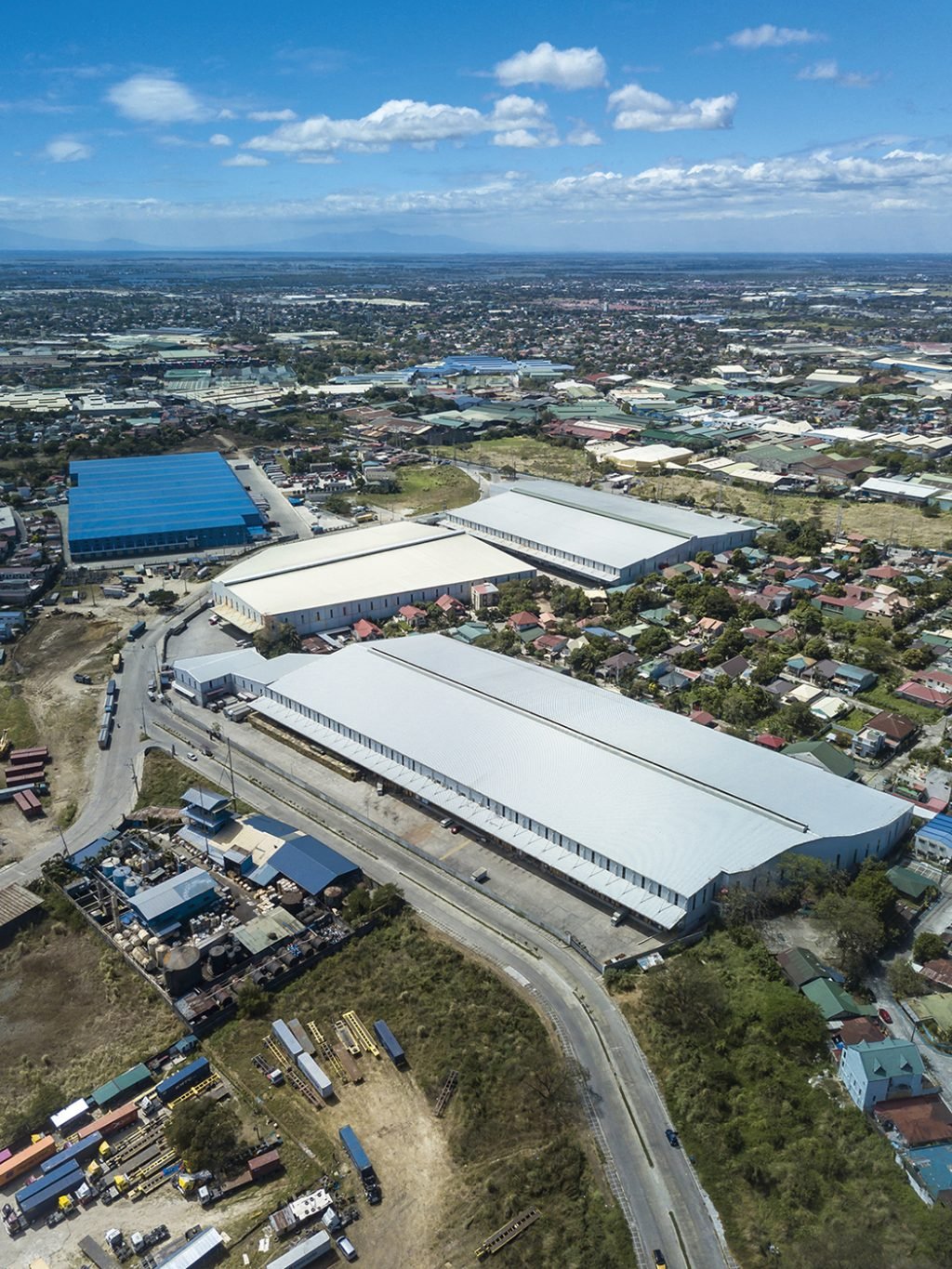
SUPPLY-SIDE challenges such as material shortages and longer delivery times have led to slower Purchasing Manager’s Index (PMI) in October for the country’s manufacturing sector.
In Standard & Poor’s (S&P) Global PMI report, the country’s PMI slowed to 52.9 in October 2024 from the 53.7 posted in September 2024.
Despite the slowdown, S&P Global Market Intelligence said the October figure was the second-highest reading since January 2023 which marked a “solid improvement” in the manufacturing sector.
“However, firms revealed supply-side challenges, with material shortages resulting in longer delivery times, and cooling buying activity,” Maryam Baluch, Economist at S&P Global Market Intelligence, said.
“It was also one of the key factors for rising input prices, which was further exacerbated by the depreciation of the peso against the dollar,” she added.
Ateneo de Manila University economist Leonardo Lanzona Jr. told BusinessMirror that the decline in the PMI is expected to continue as the Christmas shipment season comes to a close.
Lanzona noted that the country’s PMI continues to be well above the 50-mark because of pent up demand thanks to lower inflation rates and the easing cycle of the Bangko Sentral ng Pilipinas (BSP).
He added that the “ber” months of September to December are also known for holiday preparations that lead to higher consumer activity and demand for goods.
“This seasonal uptick often bolsters various sectors, including food, electronics, and consumer goods, as companies increase production to meet anticipated consumer spending,” Lanzona told BusinessMirror.
“Thus, as the country’s manufacturing base increases and the Christmas season completes by the end of the year, expect the growth rate of PMI to be much lower,” he added.
Meanwhile, former Socioeconomic Planning Secretary Dante B. Canlas also told BusinessMirror that the peak time for manufacturing production is in the third quarter.
This means, the above 50-mark performance of the country in terms of PMI in the past few months have been linked to this.
But, Canlas said, the long-run prospects of the manufactured exports in semiconductors and electronics continue to be hampered by various factors.
“[These include] scarce supply of intermediate products, and high cost of electricity, to cite a few major factors. Overcoming these constraints will usher in smooth growth,” Canlas told this newspaper.
Lanzona also noted that the “lack of skills, the poor adaptation of new technology, and absence of clear industrial policies” also contribute to the drag experienced by the manufacturing sector.
In October, S&P Global Market Intelligence noted a marked increase in employment which hit an 88-month high, allowing firms to work through the build-up in their backlogs.
Baluch said employment was “the real stand-out” in October as the job creation of the manufacturing sector recorded its strongest performance in over seven years.
Nonetheless, the report noted that purchasing activity was weaker compared to September. The report noted that firms reported higher prices of raw materials often dissuaded them from purchasing inputs.
Image credits: Michael Edwards | Dreamstime.com






